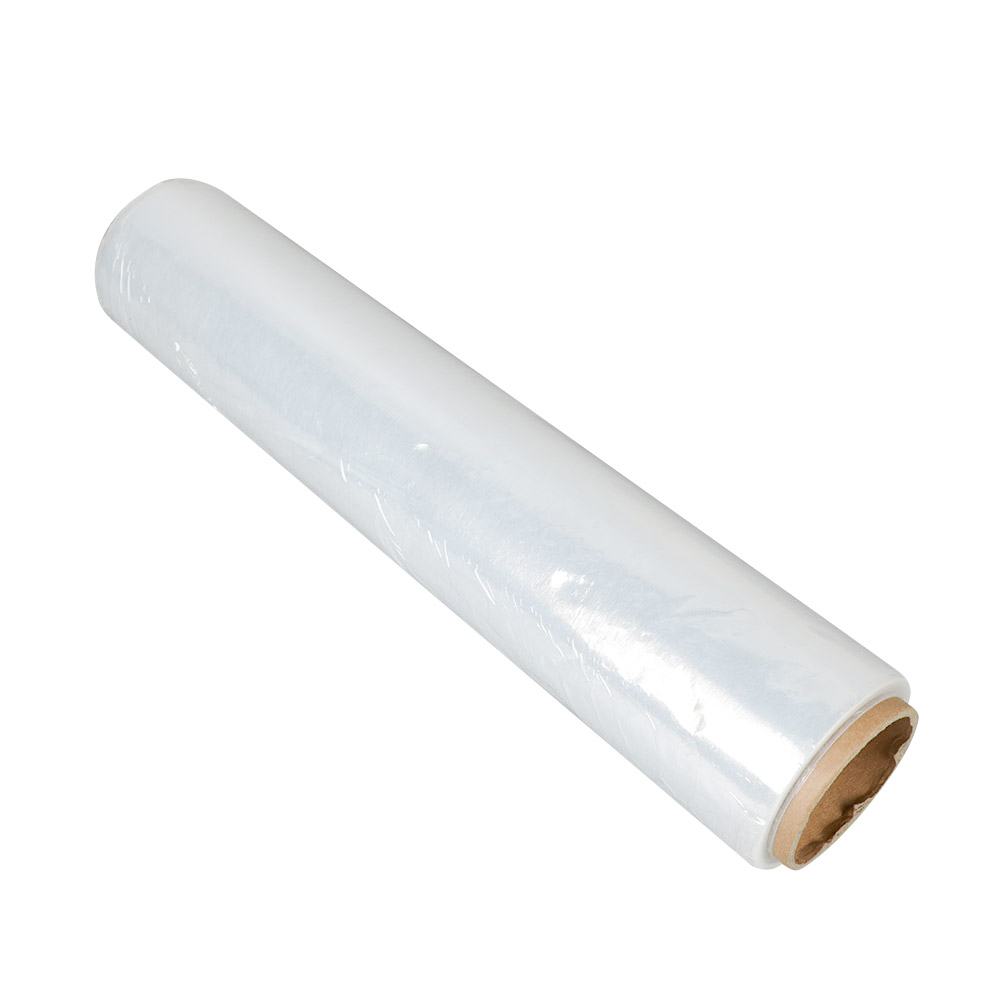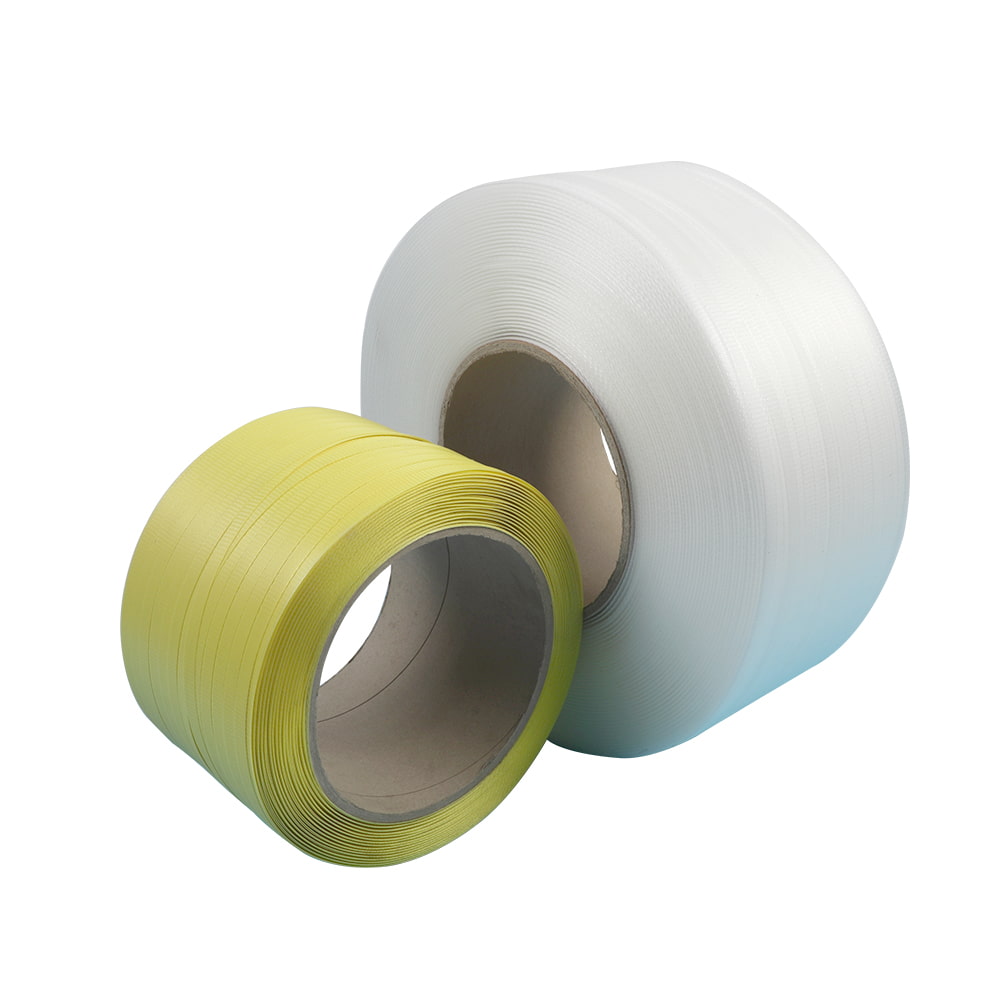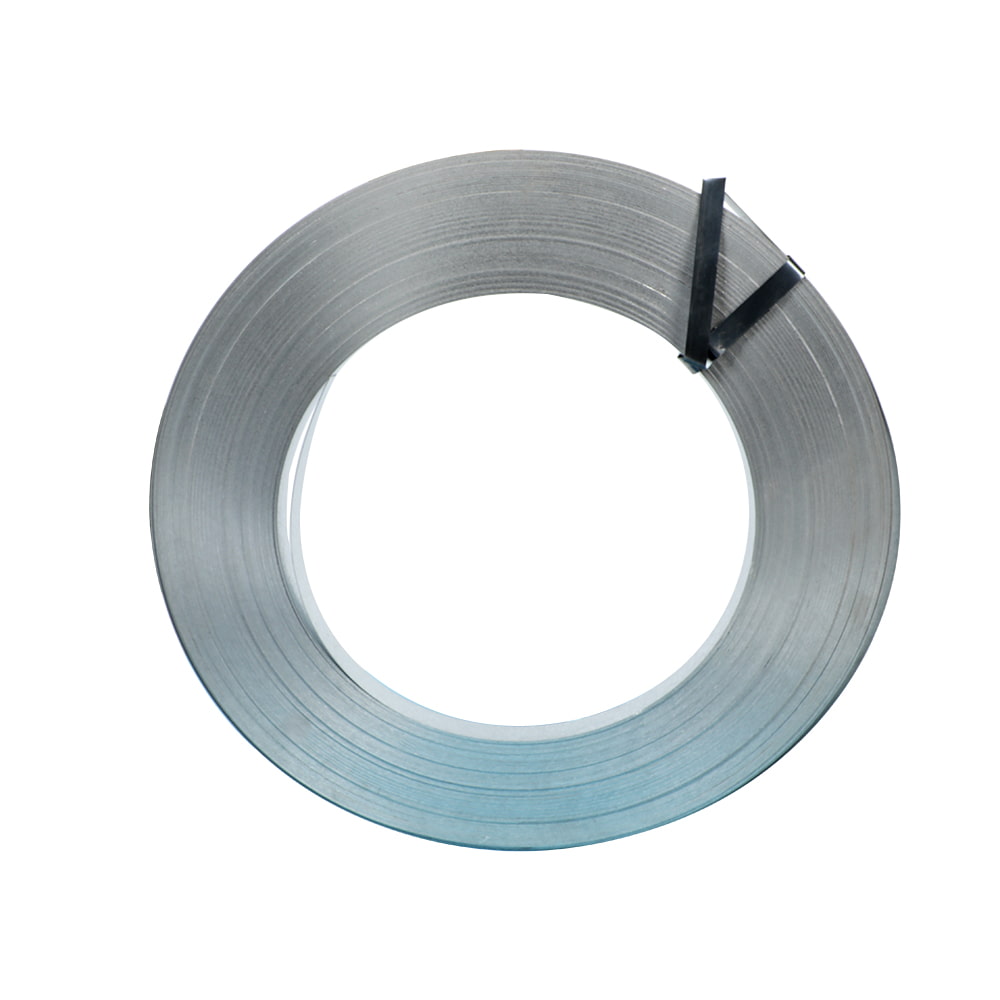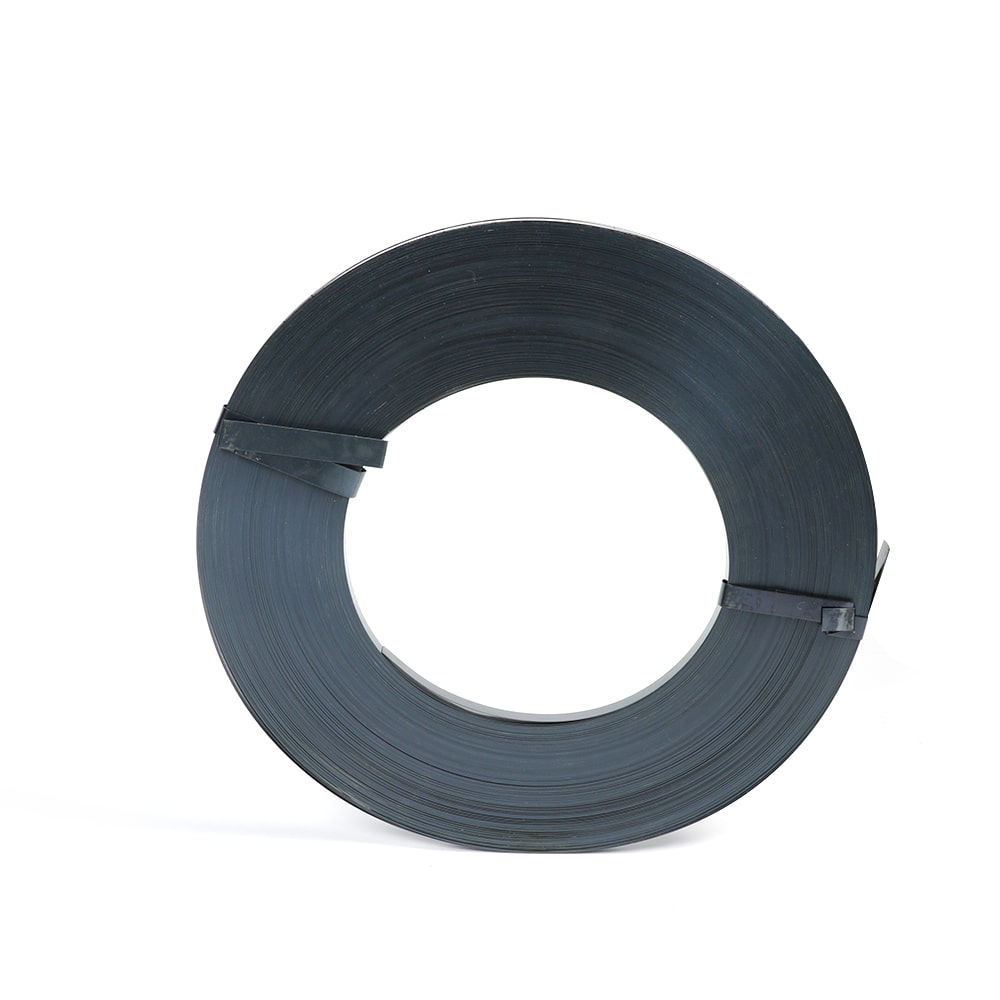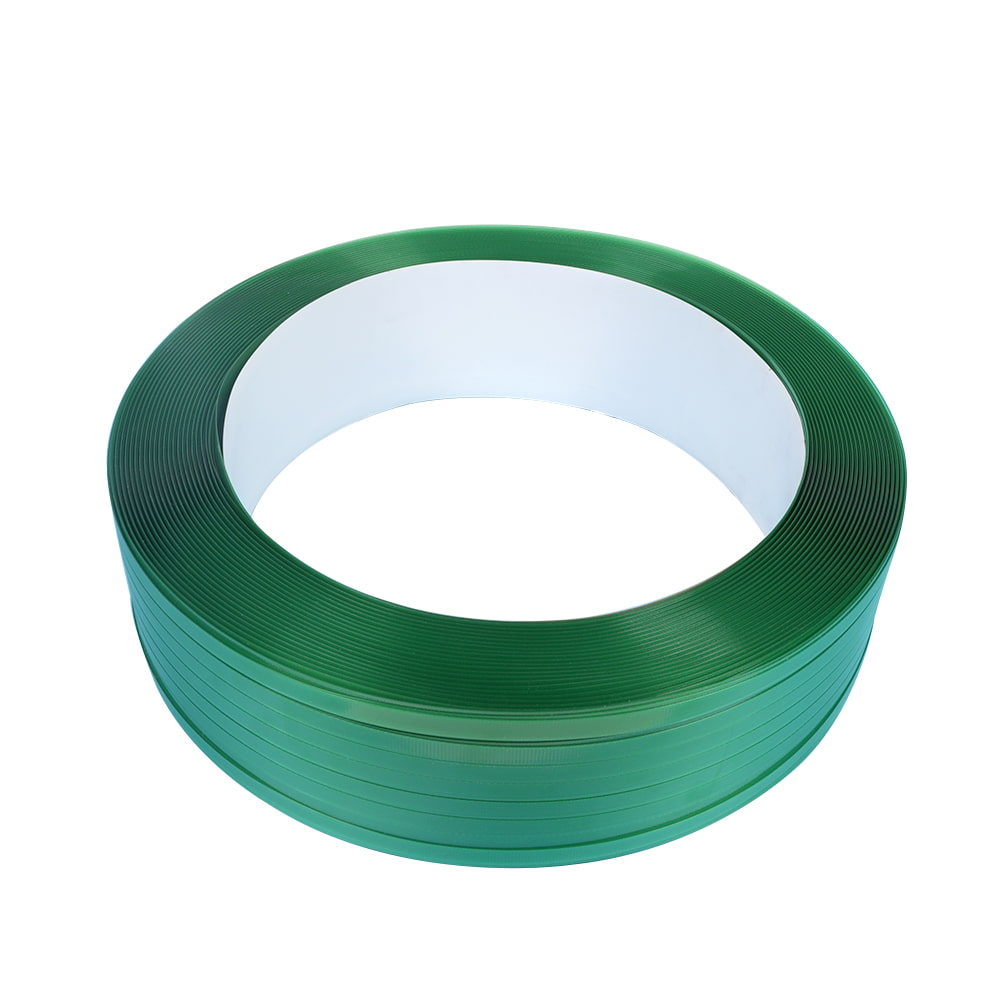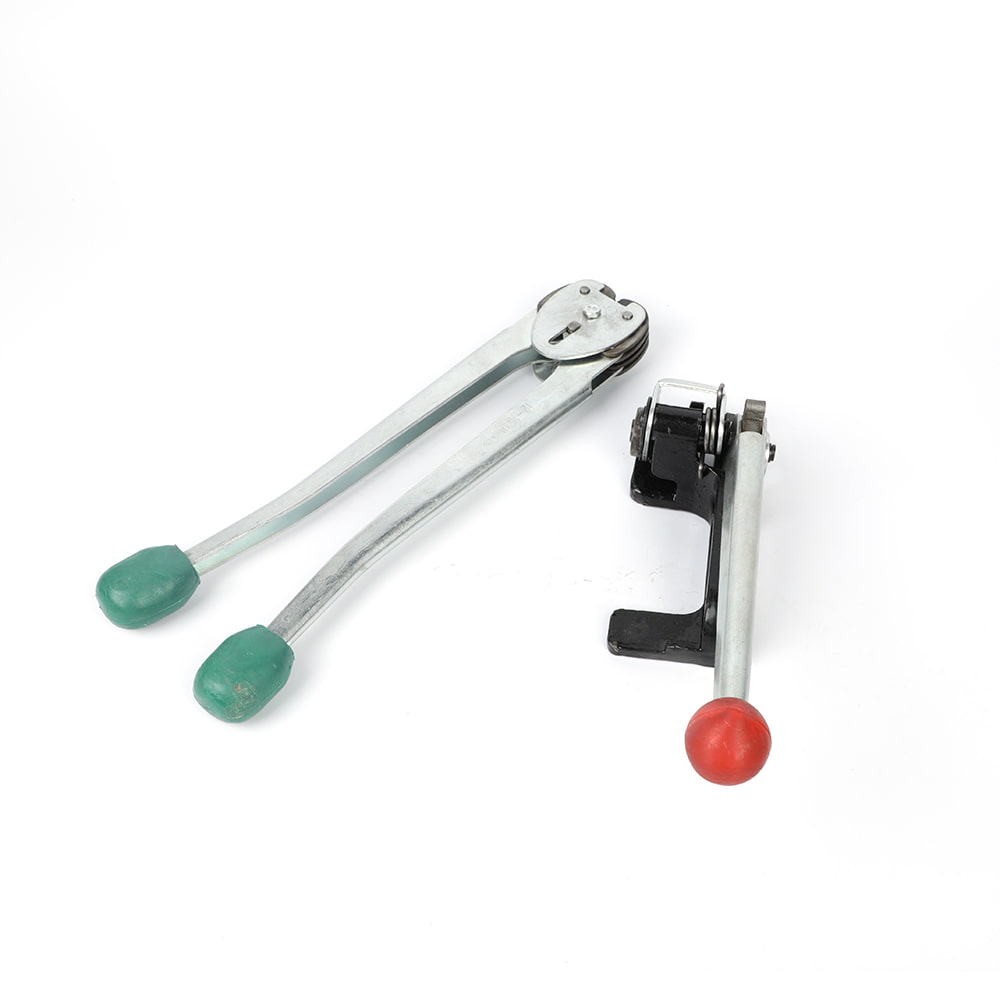Are there any environmental considerations or sustainable alternatives to traditional stretch film?
Author:admin Date:2023-08-24
There are environmental considerations and sustainable alternatives to traditional stretch film, which is commonly used for packaging and securing goods on pallets. Traditional stretch film is typically made from non-renewable fossil fuels and can contribute to plastic waste and environmental pollution. Here are some sustainable alternatives and practices to consider:
1. Biodegradable and Compostable Films:
There are biodegradable and compostable stretch films available that are made from materials such as bioplastics (e.g., PLA) and natural fibers. These films break down more easily in natural environments, reducing their impact on landfills and ecosystems.
2. Recycled Content Films:
Some manufacturers produce stretch films with recycled content. These films incorporate post-consumer or post-industrial recycled materials, reducing the demand for new raw materials and diverting plastic waste from landfills.
3. Extended Core Stretch Film:
Extended core stretch film eliminates the need for a separate core or dispenser, reducing packaging waste. The film is wound around a built-in extended core, making it easier to handle and apply.
4. Reduced Film Thickness:
Using thinner stretch films that still provide adequate load stability can reduce the amount of plastic used in packaging. This helps decrease material consumption and waste.
5. Pre-Stretched Films:
Pre-stretched stretch films are stretched during manufacturing, which reduces the amount of stretching required during application. This can lead to material savings and improved load containment efficiency.
6. Reusable Stretch Wrap Alternatives:
Reusable stretch wraps made from durable materials like woven fabric can be used multiple times. They eliminate the need for single-use plastic films and reduce waste over the long term.
7. Paper-Based Wrapping Solutions:
In certain cases, paper-based wrapping solutions might be a suitable alternative. These can include paper pallet wrap, corrugated wrap, or paper-based corner protectors.
8. Eliminating or Reducing Stretch Wrap:
Consider whether stretch wrap is truly necessary for all palletized shipments. Sometimes, using other load containment methods, such as strapping, can reduce or eliminate the need for stretch film.
9. Supplier Sustainability:
Choose suppliers who prioritize sustainability in their manufacturing processes and offer eco-friendly packaging solutions.
10. Recycling and Disposal:
If traditional stretch film must be used, encourage proper recycling or disposal practices to minimize its environmental impact.
11. Life Cycle Assessment:
Conduct a life cycle assessment to evaluate the environmental impact of different packaging materials and practices, taking into account factors such as production, transportation, use, and end-of-life.
It's important to assess the specific requirements of your packaging needs, considering factors such as load stability, transportation, and environmental impact. The goal is to balance effective load containment with sustainable practices to reduce plastic waste and promote eco-friendly packaging solutions.
1. Biodegradable and Compostable Films:
There are biodegradable and compostable stretch films available that are made from materials such as bioplastics (e.g., PLA) and natural fibers. These films break down more easily in natural environments, reducing their impact on landfills and ecosystems.
2. Recycled Content Films:
Some manufacturers produce stretch films with recycled content. These films incorporate post-consumer or post-industrial recycled materials, reducing the demand for new raw materials and diverting plastic waste from landfills.
3. Extended Core Stretch Film:
Extended core stretch film eliminates the need for a separate core or dispenser, reducing packaging waste. The film is wound around a built-in extended core, making it easier to handle and apply.
4. Reduced Film Thickness:
Using thinner stretch films that still provide adequate load stability can reduce the amount of plastic used in packaging. This helps decrease material consumption and waste.
5. Pre-Stretched Films:
Pre-stretched stretch films are stretched during manufacturing, which reduces the amount of stretching required during application. This can lead to material savings and improved load containment efficiency.
6. Reusable Stretch Wrap Alternatives:
Reusable stretch wraps made from durable materials like woven fabric can be used multiple times. They eliminate the need for single-use plastic films and reduce waste over the long term.
7. Paper-Based Wrapping Solutions:
In certain cases, paper-based wrapping solutions might be a suitable alternative. These can include paper pallet wrap, corrugated wrap, or paper-based corner protectors.
8. Eliminating or Reducing Stretch Wrap:
Consider whether stretch wrap is truly necessary for all palletized shipments. Sometimes, using other load containment methods, such as strapping, can reduce or eliminate the need for stretch film.
9. Supplier Sustainability:
Choose suppliers who prioritize sustainability in their manufacturing processes and offer eco-friendly packaging solutions.
10. Recycling and Disposal:
If traditional stretch film must be used, encourage proper recycling or disposal practices to minimize its environmental impact.
11. Life Cycle Assessment:
Conduct a life cycle assessment to evaluate the environmental impact of different packaging materials and practices, taking into account factors such as production, transportation, use, and end-of-life.
It's important to assess the specific requirements of your packaging needs, considering factors such as load stability, transportation, and environmental impact. The goal is to balance effective load containment with sustainable practices to reduce plastic waste and promote eco-friendly packaging solutions.

 EN
EN 
 English
English 中文简体
中文简体

